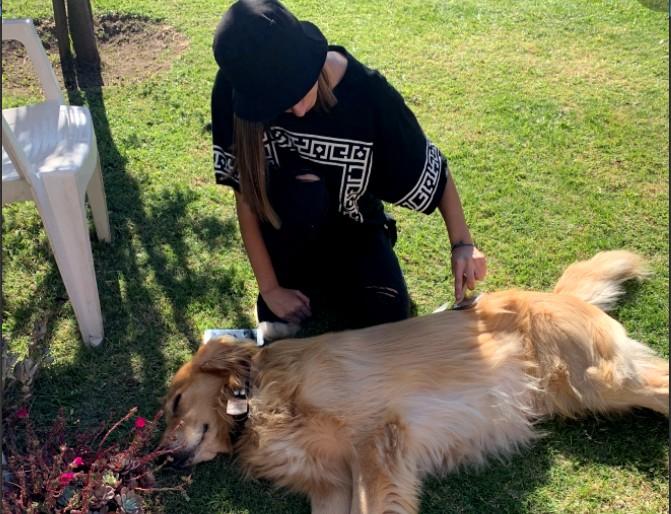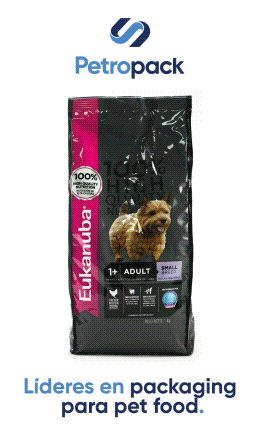When is everything going to get back to normal? That is the multitrillion-dollar question. The multitrillion-dollar answer is increasingly looking like maybe never.
When the COVID-19 pandemic (or at least its first wave) abates and the economy reopens, it will be not with a bang but in baby steps—taking months, if not years—and varying from one locality to the next, depending on how soon individual businesses gauge the time to be right and U.S. citizens feel safe venturing back out. Even then, following an economic downturn of historic proportions, many people in the U.S. will have no job to return to.
Across most industries, including pet, huge companies have furloughed or laid off millions of workers, and small businesses are likely to suffer even more, with up to 20 percent of the roughly 30 million small businesses in the United States going under. For the pet industry, that sounds especially grim as many pet businesses are very small, including tens of thousands of sole proprietorship and/or mom-and-pop pet shops and pet care service providers.
For decades, the pet market has been largely unruffled by economic distress, but this time is different. Normally bullish on pet industry prospects, Packaged Facts forecasts that U.S. retail sales will freefall 17 percent in 2020, a projection that factors in double-digit sales declines for three out of the four pet industry sectors: non-medical pet services, which are expected to drop 47 percent, veterinary (down 30 percent) and non-food pet supplies (down 23 percent).
The degree of the decline and the rapidity of the recovery will vary based on how discretionary a given product or service is and how socially distant or close, with pet food holding up the best (up 4 percent) as an essential item that can be ordered online for home delivery, or picked up in-store or curbside from brick-and-mortar retailers including pet stores.
No doubt, life post pandemic will look a lot different, with a number of socioeconomic trends that were already in force beforehand gaining momentum. Overarching is the accelerated migration online. As reported by The Washington Post on March 21, 'The pandemic has been a relentless destroyer of brick-and-mortar businesses as public health officials warn against in-person interactions. But the coronavirus is boosting almost anything that can be done online or with minimal human contact … Telework, online education, and streaming video have grown sharply, while movie theaters, schools, and traditional workplaces close their doors. Some will never reopen in a world where the shift from real to virtual suddenly has gone into overdrive.'
Homing in on the pet market, Packaged Facts predicts a huge jump in online sales in 2020, to 31 percent of total pet product sales, up from the pre-pandemic prediction of 24 percent, with e-commerce continuing to grow through 2024. Similarly galvanized by COVID-19, and possibly recasting the distribution of routine pet medications, veterinary telehealth will be part of the new pet market normal, sticking due to its convenience and affordability and rocket-fueled by pandemic-driven technological advancements. Veterinarians and their clients will not be alone computer-side.
Millions of companies and individuals that dragged their heels with regard to telecommuting and teleconferencing will find themselves wondering—if they aren't already—what all those office commute and business trip schleps were about, discovering telework to be not just safer and less stressful, but more productive and economical.
For certain industries—travel, apparel/accessories, restaurants and spectator events—the likelihood of a lasting at-home movement isn't good news. But for the pet industry, there should be a golden lining.
During times of economic and emotional stress, people rely on their pets more than usual for comfort and security, and during this time of stay-at-home orders and social distancing, the already fecund 'pets as family' trend has mushroomed. More time at home—and in many cases, away from some or all of our human loved ones—translates almost without fail into more time with pets. It also foments pet adoption and fostering, and as the at-home movement takes hold, there's no reason this trend should not as well, because spending more time at home alleviates many of the common hindrances to pet ownership. At the same time, for numerous city dwellers, the geography of home may become more conducive to fur kids given the toll the virus is taking in America's urban centers. As reported by The New York Times on April 19, 'Cities of all sizes may soon look less alluring, if drastic drops in income, sales, and tourism tax revenue leave gaping holes in budgets.'
As with the online leap, this could fast-track a trend already in force that has seen growth in the country's major metropolitan areas decline by nearly half over the past decade. As one couple rethinking their Big Apple lifestyle told the Times, 'There has been the occasional online search for adoptable dogs, who could romp around in outdoor space.'
Even before the pandemic had consumers cocooning, 95 percent of dog owners and 94 percent of cat owners considered their pets part of the family, 86 percent of dog owners and 84 percent of cat owners believed their pets were important to their mental health, and 78 percent of dog owners and 73 percent of cat owners considered their pets important to their physical health.
Also underscoring the benefits of the human pet connection, in a nationally representative survey of pet owners and non-pet owners conducted by the Human Animal Bond Research Institute (HABRI) and Mars Petcare, 85 percent of respondents agreed that interaction with pets can help reduce loneliness, and 76 percent agreed that human-pet interactions can help address social isolation.
'The human-animal bond can help lower stress, and the routine of caring for a pet can provide feelings of security and normalcy for improved mental health,' explains Steven Feldman, HABRI executive director. 'Pet owners are also more likely to achieve recommended levels of daily exercise and have lower blood pressure, contributing to better physical health.'
Day after day, television commercial after social media ad, as the pandemic drags on, U.S. companies and industries are reaching out to offer comfort and support—and to preserve their business. It's on the pet industry to do the same.
The large e-tailers and manufacturers of pet care staples benefiting from the online bonanza can provide free starter kits to households adopting puppies, kittens and smaller animals. Veterinary chains can pitch in with affordable options including complimentary telehealth visits, low-cost pop-up/drive-through vaccination clinics, and free or discounted wellness plans including neuters/spays. Deep-pocketed market players and organizations, of which there is no shortage, can band together to protect their $95 billion interest with major media advertising driving home the benefits of pet ownership during the pandemic and after, inviting the public relations support of celebrity pet market advocates like Rachael Ray, Ellen DeGeneres, Martha Stewart and Glenn Close.
Independent pet stores, veterinary clinics, pet service salons and entrepreneurs can pool resources toward grass-roots pet adoption drives. Thanks to the early action of industry groups including the Pet Industry Joint Advisory Council (PIJAC), pet stores have been deemed essential businesses during the pandemic, as have veterinarians, an enviable status that can further benefit from pet adoption initiatives now and as the economy reopens.
Some areas of the industry may never be the same; with travel down and telecommuting up, pet boarding will have a hard row to hoe. But the faster and fuller recovery of the U.S. pet industry hinges in large part on preserving as many businesses and jobs as possible, and the surest way to do so is by driving consumer demand for pet products and services with a pet ownership boom. During 2020, the pet industry is going to take a hit. Blame that on the virus—just not so much as to eclipse the generational opportunity squarely before us.
by David Lummis is the lead pet market analyst for Packaged Facts
You could be interested: Data insight: 2025 pet parenthood costs in the US
Market Information
04/07/2025
Spending under pressure: US pet parents trade down on food and vet visits
01/07/2025
















































